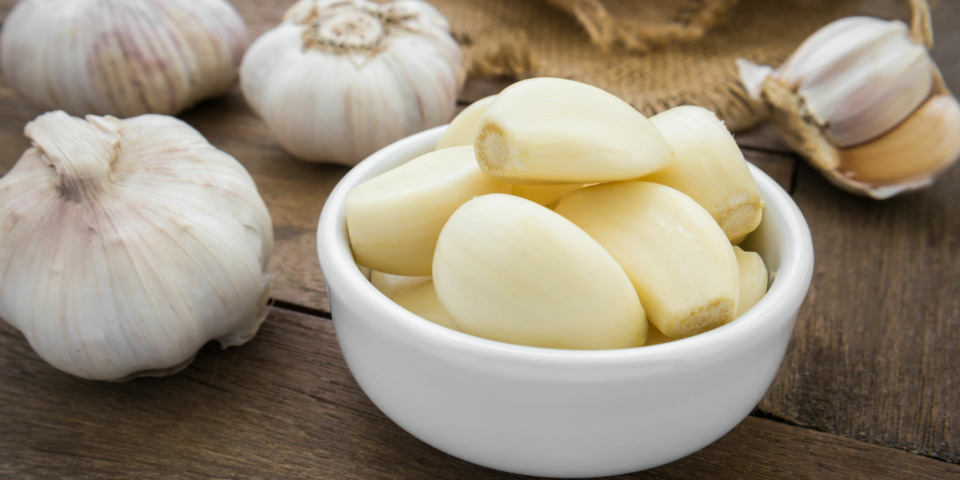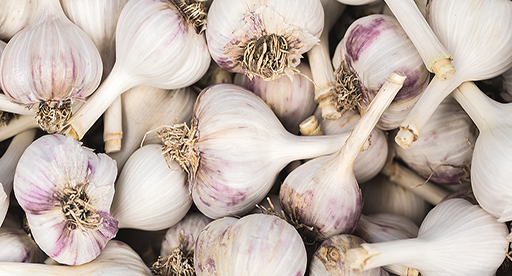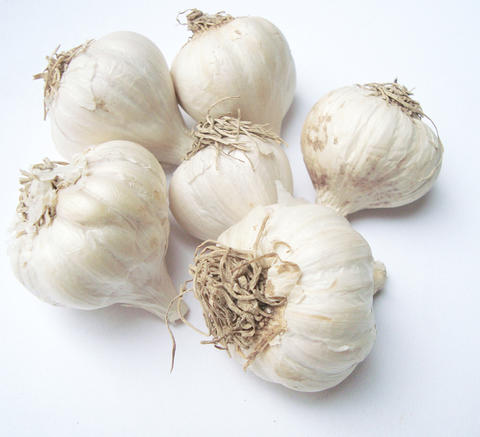Garlic is one of those plants that everyone is familiar with. We know how entertaining feeding time can be if you have dogs since these adorable pets will eat everything you offer them. Should we, however, feed them everything we eat? Our little dogs were herbivores, implying they could only consume vegetables, and fresh fruits, including herbs, roots, and even flowers. So, how about the garlic? This foodstuff for humans offers various health advantages. Is this true for dogs as well? So, if you have garlic available, will dogs consume it, but if so, how much more can they eat? Let us look now at nutritional benefits and learn a little about them.
Does Garlic is safe for dogs to eat?
Garlic and other stem vegetables are toxic to dogs. Onions, chives, leeks, and potatoes are examples of this. The bulb plants are dangerous to dogs and should be avoided at all costs. If the dog eats garlic by chance, it will not die, but significant side effects will occur. Garlic is a nutritious food that has several health advantages for humans. However, tiny animals, such as dogs, have sensitive digestive systems, and garlic is a meal that may only bring them agony.
Wild garlic is a bulbous perennial plant with long grass and white blooms that thrive in wet woods. This herb is completely safe for people to eat. Then what about raw garlic for dogs? dogs cannot consume wild garlic since it is also a member of the Alliaceae family and has a unique garlic flavor. Wild garlic leaves have a garlic-like odor. Allium ursinum is the scientific name of wild garlic, also known as ramson, bear leek, wood garlic, and other names. Because of everything we have said, wild garlic is just as harmful to dogs as conventional garlic.
Are dogs fond of garlic?

As usual, dogs are much less interested in garlic, but this varies from dog to dog. If a dog comes upon garlic, they may become intrigued and probably eat it. As a result, you should be cautious and store garlic in a location where they cannot see or get it.
Garlic may be extremely dangerous and even fatal to our dogs. It may wreak havoc on their health and create significant problems such as itching, breathing problems, eye, and nose irritation, skin inflammation, diarrhea, digestion problems, pain in urination, an increase in heart rate, and stomach ulcer, and so on. Although garlic has high nutritional advantages, the risk exceeds the benefits for dogs. As a result, never give pigs garlic and protect your dog well enough from garlic.
Is garlic poisonous to dogs?
A dog could be sensitive to garlic if they exhibit the following symptoms:
- Increased calcium and phosphorus: When dogs ingest a phosphorus-rich diet, they develop slowly and have a shorter survival span. Kidney stones can develop as a result of a high calcium diet.
- Problems with digestion: The digestive tract of dogs has been unable to handle significant quantities of calcium and phosphorus. This can aggravate the dog’s gastrointestinal system, resulting in various health problems such as stomach discomfort and indigestion.
- Bleeding: Feeding fresh garlic might contribute to the risk of bleeding and interfere with blood coagulation.
- Lower blood pressure: According to studies, consuming garlic daily low blood pressure and decreased blood pressure can lead to heart failure.
- There are several more issues: Whenever they eat garlic, they may have symptoms such as excess salivation, itching, eye, and nasal discharge, irritation and breathing difficulties, urinary pain, and increased heart rate.
Why is it that garlic is not advised for pigs?

Let me stress this because it is critical: garlic is utterly toxic to dogs.
Garlic contains a lot of calcium and phosphorus. Those would be the two minerals that are necessary for supporting strength and bone density. However, because that is the only advantage, the issues created by it are considerably worse.
Garlic may be beneficial to our bones. dogs, on the other hand, are unable to metabolize significant quantities of calcium and phosphorus. They will form stones in the kidneys or bladder if they are present in excess levels. That is not good news. Urination becomes stinging, uncomfortable, and unpleasant when such stones are present. If left untreated, kidney stones can lead to renal failure, which can result in death.
Is it safe for dogs to eat cooked garlic?
Cooked food should not be served to dogs. Garlic contains the very same ingredients, either cooked, raw, or boiled. There would be no alteration in its poisonous nature, so do not think it is safer because it is still hazardous. Garlic bread should not be offered to dogs too. Completely avoid items involving garlic and provide alternate ingredients such as herbs.
When Is the Best Time to Feed My dogs?

dogs, like other herbivores, are herbivorous. They eat hay and vegetables all day. That means it’s critical to always have fresh hay on hand. Provide your dogs with clean water, clean the bowls, and refill those with clean water and food every day. Your dog will enjoy fresh fruits and vegetables as treats and vitamins. Vegetables and fruits are excellent treats for your dog. You may use them as special treats for retraining and assist in socializing with the dog.
Fresh meals that your dog will like to include:
- Bananas
- Watermelon
- Blueberries
- Tomatoes
- Cantaloupe
- Strawberries
- Green bell peppers
- Lettuce
- Parsley
Provide more veggies than fruits to your dog. Fruits may be her favorite food because they are like sweets to dogs! To avoid Mold or decay, constantly clean up all leftover food ingredients at the close of each day.
Conclusion
Many things must never be fed to dogs to prevent causing them ill or harming them. The list is extensive, and you will be quite cautious about just what you feed your lovely pet. Some would be healthy but include hazardous components, such as apples, which are abundant in nutrients and poisonous seeds to dogs. Bulb foodstuffs like onions and garlic poison dogs. So should not give these to your pets. Alternatively, choose hay, granules, grass, herbs, fresh fruits, and vegetables, then provide adequate water.
